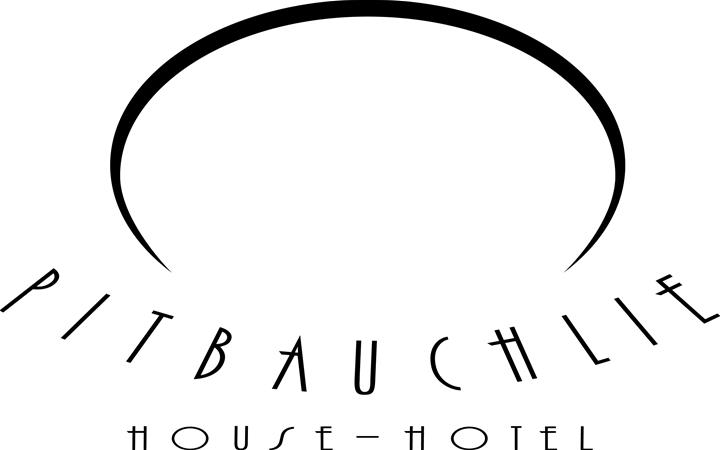
01383 722282

Dunfermline and West Fife is brimming with history and the perfect place to explore if you enjoy delving into the culture and heritage of new places.
Heritage provides clues into our past and helps us examines our history.
Preservation of heritage helps to promote sustainability by reusing structures, reducing waste and preserving natural resources.
Dunfermline also has one of the finest surviving medieval townscapes in Scotland and is home to a fascinating must-visit Heritage Quarter located at the heart of the town.
Check out Clan McKenzie Routes who offer Guided Tours around the local area or try one of the Free walking Tours with Dunfermline Tours.
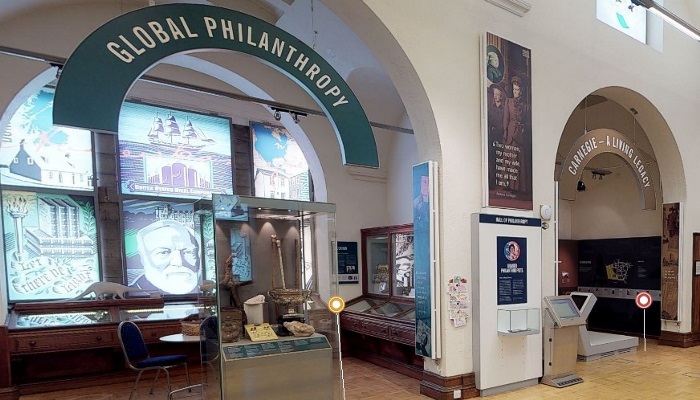
Philanthropist, steel tycoon, writer, lecturer, entrepreneur - Andrew Carnegie was one of the great Scots of the 19th century. His life has left a huge legacy, but as his birthplace cottage testifies he came from humble beginnings.
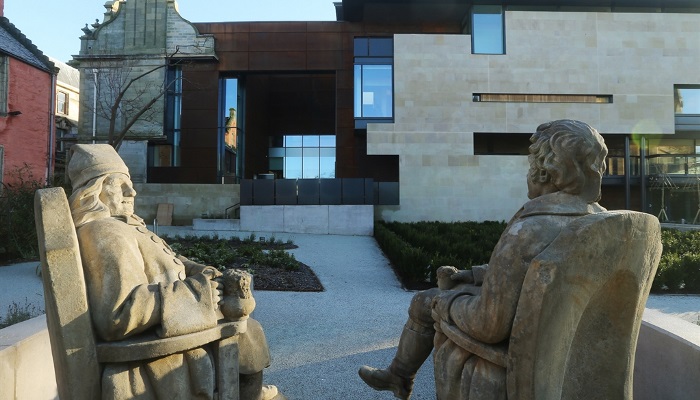
Dunfermline Carnegie Library & Galleries, is a museum and art gallery in the Heritage Quarter. Dunfermline has both a royal history and industrial heritage. The past is brought to life with fascinating stories retold through a series of special films and inspiring interviews.
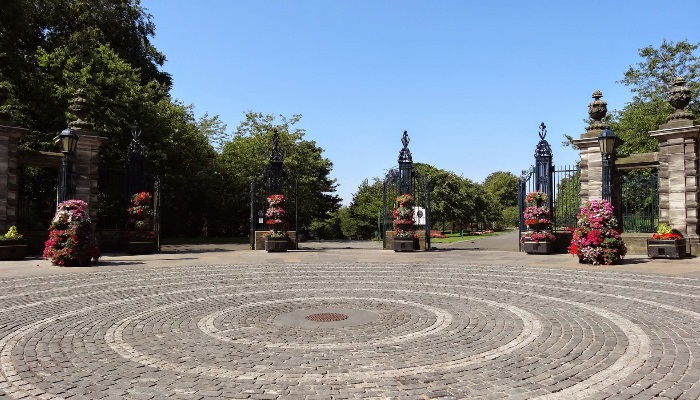
The gates were funded by the Carnegie Dunfermline Trust as a tribute to Louise Whitfield Carnegie, the widow of philanthropist Andrew Carnegie. The Neo-Baroque design incorporates their initials.
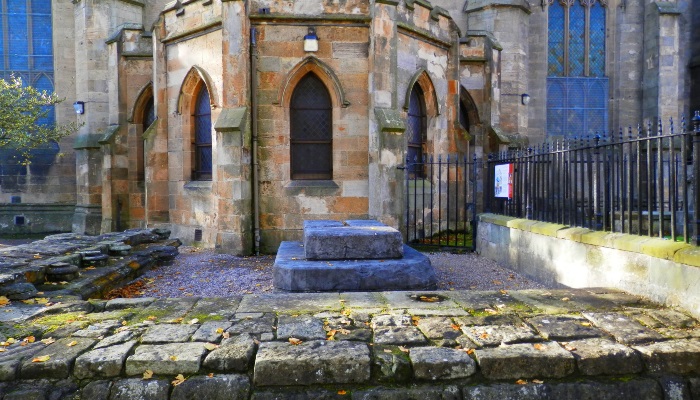
Follow in the footsteps of pilgrims who visited Margaret’s tomb in Dunfermline Abbey to pray for cures from sickness. Many miracles of healing were recorded and in 1250 Pope Innocent IV made her Scotland’s only royal saint. You can visit the remains of the shrine in the Abbey churchyard.
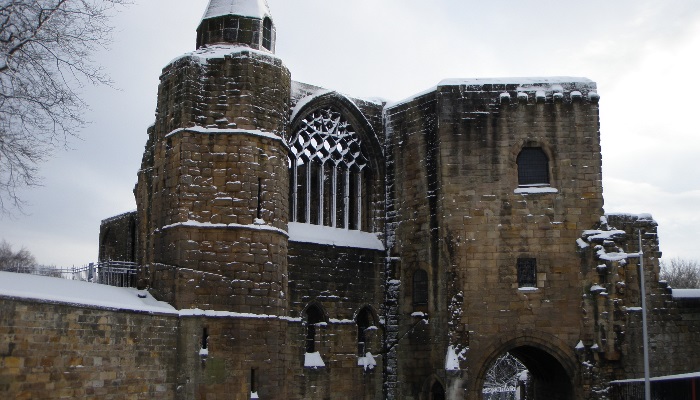
Dunfermline Palace is a ruined former Scottish Royal Place and an important tourist attraction adjacent to Dunfermline Abbey and under the care of Historic Scotland.
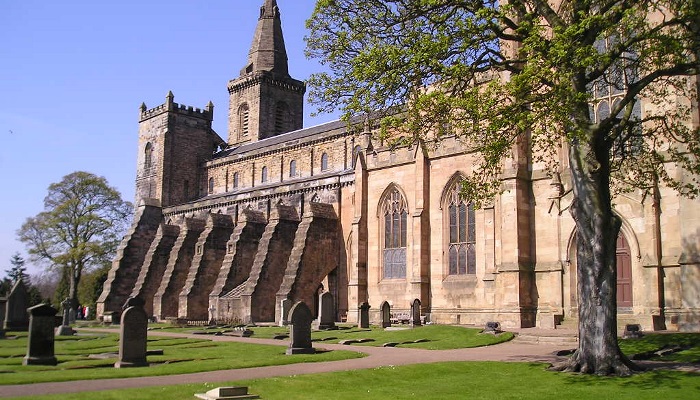
The new Abbey Church was built in 1821 and is Gothic Rival Style and features the tomb of King Robert the Bruce and many other royal and historical associations.
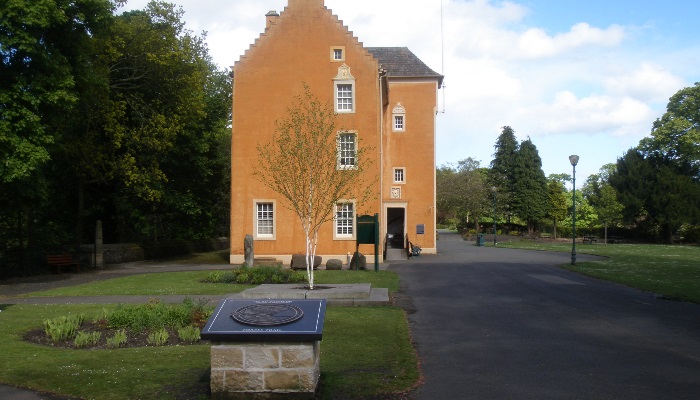
The Glen as it is affectionately known by the local populace extends to 76 acres and was given in trust by Andrew Carnegie to the people of his birthplace, Dunfermline.
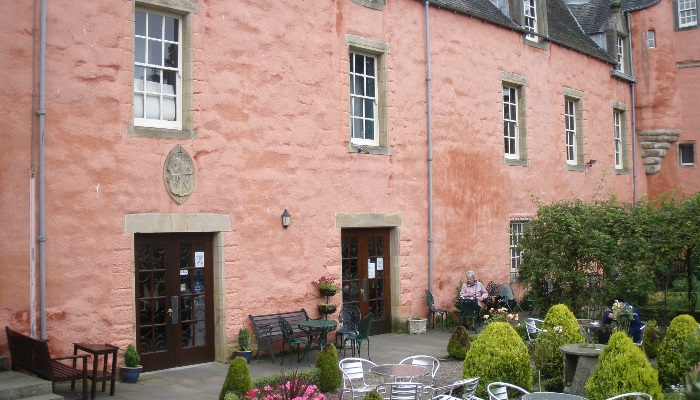
Abbot House is Dunfermline’s oldest house and is steeped in a rich heritage, dating back to at least the 16th century.
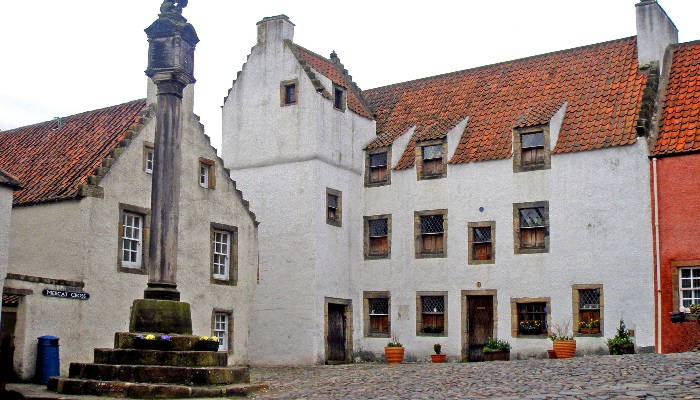
Culross is renowned as one of Scotland’s most picturesque villages and its steep, cobbled causeways with their white-walled, red-roofed and step-gabled buildings.
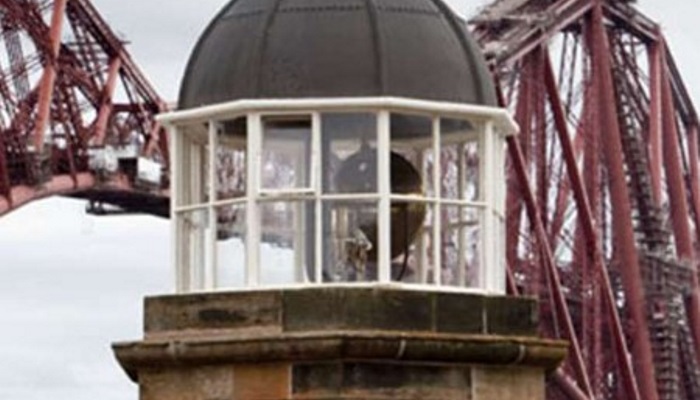
The world's smallest working light tower sits in North Queensferry, alongside one of the engineering wonders of the world. Built in 1817 by Robert Stevenson.
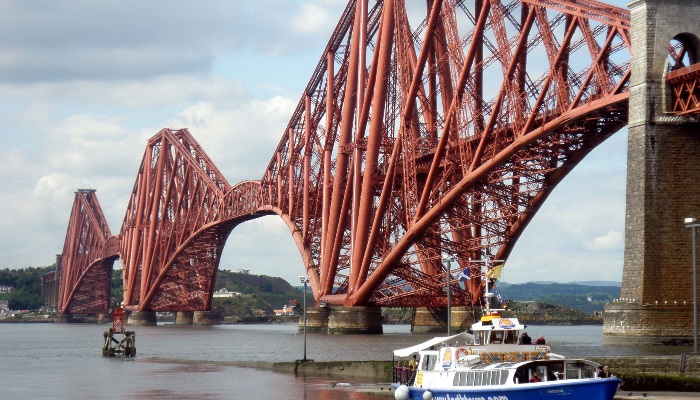
UNESCO inscribed the Forth Bridge as the sixth World Heritage Site in Scotland.
Opened in 1890, the Forth Bridge is a Scottish icon that is recognised the world over as the most famous of cantilever designs.
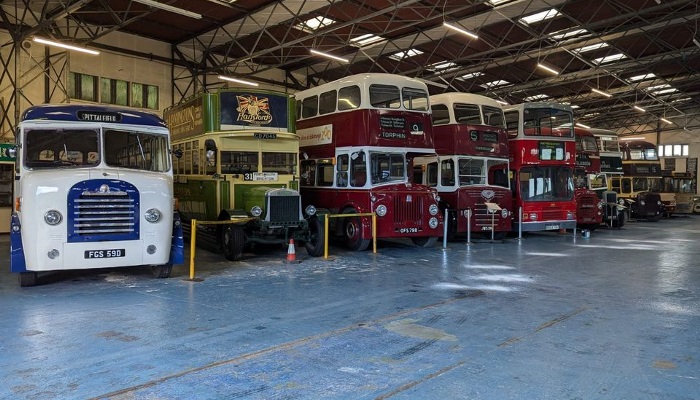
The Scottish Vintage Bus Museum is set in a 49-acre site, north of Dunfermline and houses over 100 buses, as well as trains, a horse tram, and other exhibits.